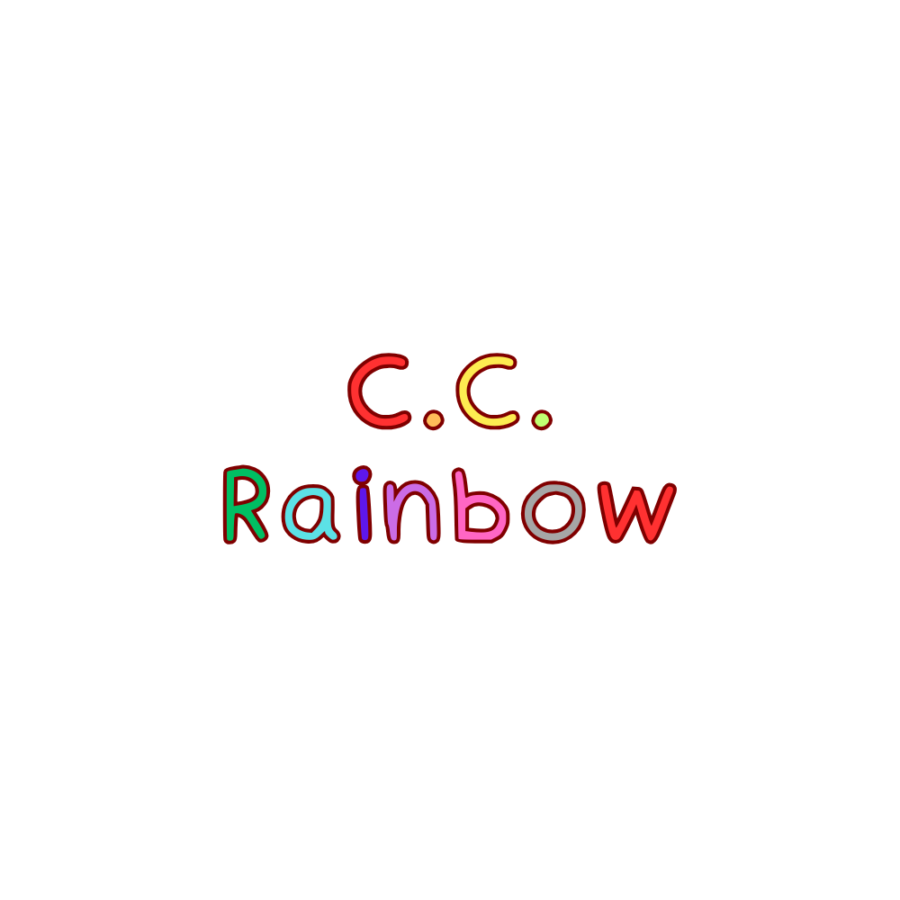Lesson 4~How to use particles~
Words list for this lesson
_____ へ 行きます。
|
えき へ 行きます。 (eki e ikimasu.)
…I am going to go to the station.
|
「へ」has two pronunciations, “he”and”e”.
Nomally, we use “he” for this letter, and we use “e” for a preposition particle.
「へ(e)」is used as destiations.
今日(きょう/kyo) … today
昨日(きのう/kino) … yesterday
一昨日(おととい/ototoy) … the day before yesterday
明日(あした/ashita) … tomorrow
明後日(あさって/asatte) … the day after tomorrow
| 〈現在形(げんざいけい/genzaikei) … present tense〉 | 〈過去形(かこけい/kakokei) … past tense〉 | |
| 〈肯定形(こうていけい/kouteikei) … negative form〉 | えき へ 行きます。 |
きのう えき へ 行きました。
|
| 〈否定形(ひていけい/hiteikei) … negative form〉 | えき へ 行きません。 | きのう えき へ 行きませんでした。 |
- 過去形(かこけい/kakokei) … past tense
「きのう えき へ 行きました。」
If ます(masu) change to ました(mashita), it is past tense.
- 否定形(ひていけい/hiteikei) … negative form
「あした えき へ 行きません。」
If ます(masu) change to ません(masen), it is negative form.
- 過去否定(かこひてい/kakohitei) … past negative form
「きのう えき へ 行きませんでした。」
If ます(masu) change to ませんでした(masendeshita), it is past negative form.
どこ へ 行きます か?
|
Q:どこ へ 行きます か? (doko e ikimasu ka?)
…Where do you go?
A:じむしょ へ 行きます。 (jimusyo e ikimasu.)
…I am going to go to the office.
|
“どこ(doko)” means where.
When you answer about places, use with “へ(e)”means “to”.
どこ へ も 行きません。(doko e mo ikimasen.)
… I don’t go anywhere.
えき から じむしょ へ 行きます。(eki kara jimusyo e ikimasu.) … I go to the office from the station.
{(departure point) から (arrival point) へ いきます。}
何 で 行きます か?
|
Q:何 で 行きます か? (nani de ikimasu ka?)
…How do you go there?
A:でんしゃ で 行きます。 (densya de ikimasu.)
…I go there by train.
|
“何(なに/nani)” means what, so the direct meaning of the sentence is “What do you use to go there?”.
The answer is with “で(de)”.
[examples]
でんしゃ で 行きます。(dennsya de ikimasu.)
… I go there by train
バス で 行きます。(ばす で いきます。/basu de ikimasu.)
… I go there by bus
しんかんせん で 行きます。(shinkansen de ikimasu.)
… I go there by shinkansen
ひこうき で 行きます。(hikoki de ikimasu.)
… I go there by airplaine
[exception]
あるいて 行きます(aruite ikimasu) … on foot
だれ と 行きます か?
|
Q:だれ と 行きます か? (dare to iki masu ka?)
…Who do you with?
A:ともだち と 行きます。 (tomodachi to iki masu.)
…I go there with my friend.
|
The answer is with “と(to)” means “with”.
We don’t say ”わたし の(watashi no)” ,which means “my”, everytime.
[examples]
かぞく と 行きます。(kazoku to ikimasu.) … I go there with my family.
かれ と 行きます。(kare to ikimasu.) … I go there with him.
かのじょ と 行きます。(kanojo to ikimasu.)… I go there with girl friend.
[exception]
ひとり で 行きます(hitori de ikimasu) … by myself
だれ と も 行きません。(dare to mo ikimasen.)
… I don’t go with anybody.
いつ 行きます か?
|
Q:いつ 行きます か? (itsu ikimasu ka?)
…When do you go?
A:8がつ に 行きます。 (hachigatsu ni ikimasu.)
…In August.
|
The answer is with “に(ni)” to express the dates or the times except of some words like 今日(きょう/kyo)、明日(あした/ashita)、昨日(きのう/kino).
and…
毎日(まいにち/mainichi) … everyday
毎週(まいしゅう/maisyu) … every week
毎月(まいつき/maitsuki) … every month
毎年(まいとし/maitoshi) … every year
The words that includes numbers and tha name of specific day need “に(ni)” after the words.
_____ を 食べます。
|
パン を 食べます。 (pan o tabemasu.)
…I eat bread.
|
[examples]
ビール を のみます。(bi-ru o nomimasu.)
… I drink beer.
えいが を みます。(eiga o mimasu.)
… I watch a movie.
おんがく を ききます。(ongaku o kikimasu.)
… I listen to a music.
ひらがな を よみます。(hiragana o yomimasu.)
… I read hiragana.
カタカナ を かきます。(katakana o kakimasu.)
… I write katakana.
たまご を かいます。(tamago o kaimasu.)
… I buy eggs.
サッカー を します。(sakka- o shimasu.)
… I play football.
|
Q:パン を 食べます か? (pan o tabemasu ka?)
…Do you eat bread?
A①:はい、 食べます。 (hai, tabemasu.)
…Yes, I do.
A②:いいえ、 食べません。 (iie, tabemasen.)
…No, I don’t.
|
|
Q:何 を 食べます か? (nani o tabemasu ka?)
…What do you eat?
A:パン を 食べます。 (pan o tabemasu.)
…I will eat bread.
|
ヨーグルト と くだもの を 食べます。(yo-guruto to kudamono o tabemasu.)
… I eat yogurt and fruits.
If you want to say two or three answers for the question, you can use と(to) which means “and”.
何 も 食べません。(nani mo tabemasen.)
… I don’t eat anything.
いっしょ に 食べません か?
|
Q:いっしょ に 食べません か? (issyo ni tabemasen ka?)
…Shall we eat together?
A①:はい、食べましょう。 (hai, tabemasyo.)
…Yes, let’s.
A②:すみません。 (sumimasen.)
…No, thants.
|
It is the expression for invitations.
When you want to do someti\hing together, you can ask another person like this.
※一緒 に(いっしょ に/issyo ni) … together
どこ で 食べます か?
|
Q:どこ で 食べます か? (doko de tabemasu ka?)
…Where do you eat in?
A:こうえん で 食べます。 (koen de tabemasu.)
…I will eat at the park.
|
The answer is with “で(de)” means “at”.
何 で 食べます か?
|
Q:何 で 食べます か? (nani de tabemasu ka?)
…What do you use to eat?
A:フォーク で 食べます。 (fork de tabemasu.)
…I will eat with a fork.
|
The answer is with “で(de)” means “with”.
[examples]
フォーク で 食べます。(ふぉーく で たべます。/fo-ku de tabemasu.) … I eat with a fork.
スプーン で 食べます。(すぷーん で たべます。/supu-n de tabemasu.) … I eat with a spoon.
おはし で 食べます。(ohashiu de tabemasu.) … I eat with chopsticks.
て で 食べます。 (te de tabemasu.) … I eat with one’s hand.
Kanji practice!
| 行 |
(い(く)/コウ/ギョウ)
(i(ku) / kou / gyo) … go
| 何 |
(なに/なん)
(nani / nan) … what
| 食 |
(た(べる)/しょく)
(ta(beru) / syoku) … eat
|
|
関連情報







